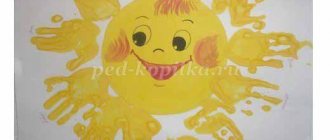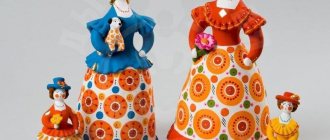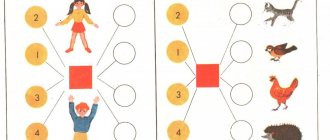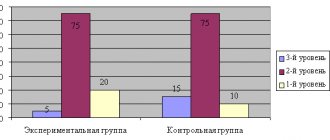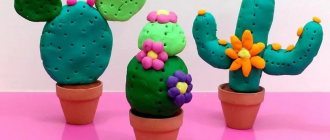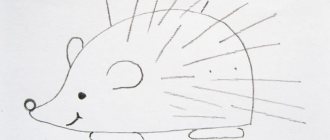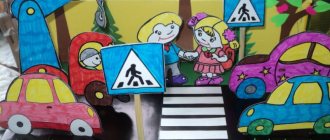Safety precautions at work
When working together with your child to create a craft, you should follow certain safety precautions:
- Avoid contact with parts that are too small.
- Work with scissors and glue only under the supervision of an adult.
- Do not allow paint, glue or other liquid components to get into the child’s eyes.
We recommend reading:
- Crafts from plasticine: the best master class for children at school or kindergarten. 90 photos of the best ideas for creating plasticine figures

Felt crafts - the best patterns and templates. Step-by-step instructions and master class for beginners (130 photo ideas)
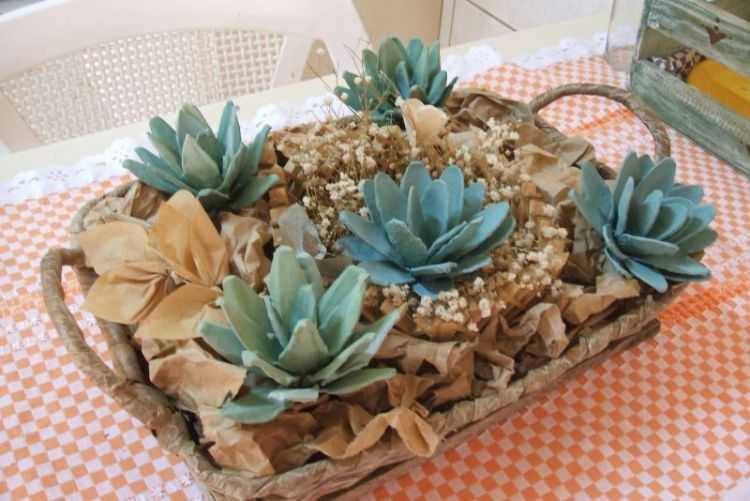
DIY crafts from egg trays - the best step-by-step master class, with description. TOP 100 photos of original ideas for crafts
If these simple conditions are met, the work will bring only joy and unforgettable impressions to the child.
Natural materials
You can learn to love and appreciate nature not only by observing its natural beauty, but also by using its fruits in applied creativity. This type of activity develops associative thinking and, perhaps more than other educational activities, is similar to a game.
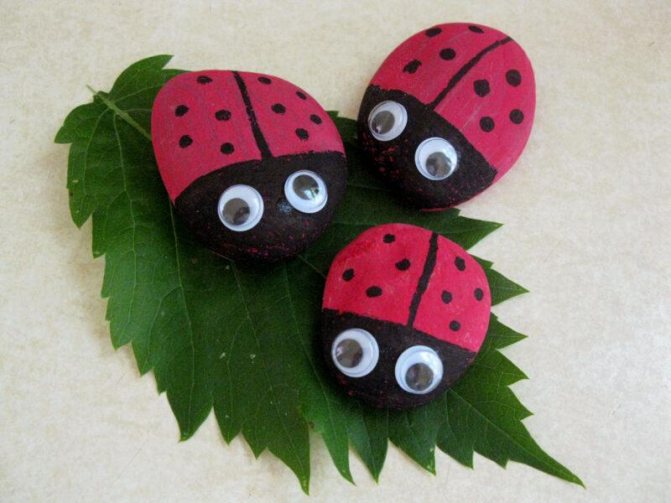
Hand-made figures made from cones, acorns, seeds, twigs and shells awaken children's imagination and stimulate cognitive interest. A variety of techniques for working with natural materials allows you to choose the one that best suits your age, training and design.
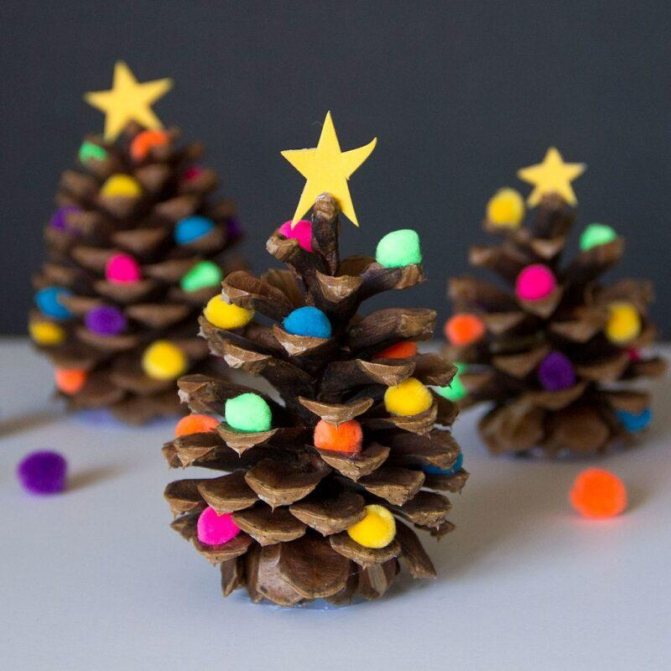
Themed crafts for children 5 years old will help them get acquainted with the surrounding world of their native land, study the seasonal characteristics of plants, the habits of animals, and make an original and beautiful gift.
A plasticine oval with a pointed nose, studded with cones, ash parachute seeds, sunflower seeds, spruce needles or acorns, turns into a hedgehog; with a long, gracefully curved neck, complemented on the sides with a pair of leaves or large shells - like a swan; a flattened ball with an elongated head, decorated with walnut shells - like a turtle.
A tin coffee can tightly covered with plasticine, decorated with an ornament of seeds, will become a cute vase, and a tea box, covered with peas, leaves or crushed eggshells, will become a box for needlework.
Not to mention the numerous options for making people from cones and acorns, genre scenes from vegetables and fruits, panels from dried flowers and leaves.

Working with natural materials, like any creative activity, is an excellent option for interesting and rich children’s leisure time and an opportunity to create something beautiful and useful that can please friends and family. And this is also very important for children!
Cotton pads
This material is popular in works with winter and New Year themes. Fluffy snow-white “rounds” seem to be asking to be used in an applique with a snowman! They easily become dense snowdrifts and light snowflakes, but can also be a sheep's coat.

Painted discs can be used in narrative pictures and panels in almost the same way as colored paper. But these works will be distinguished by volume, special warmth and softness.

Available materials
Acquaintance with this type of creativity usually also occurs in kindergarten. The materials used are cardboard and plastic plates, disposable cups, spoons and forks, colored bottle caps, buttons and much more.
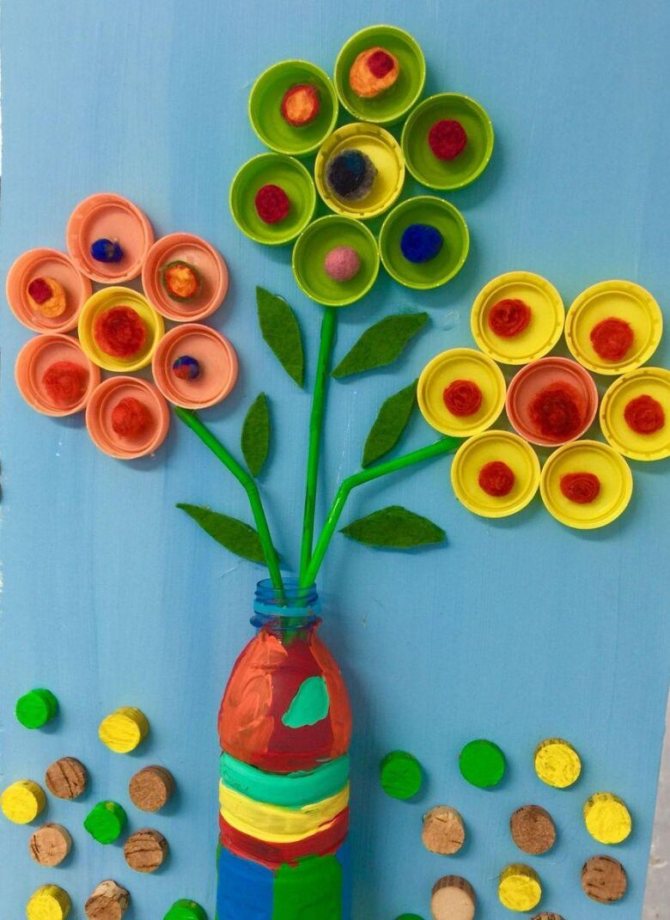
Starting with simple crafts, children gradually move on to more complex models that require diligence, good coordination and constructive thinking. Ordinary objects used in everyday life or out of use, which have become crafts, for children - a miracle created with their own hands, a little magic!
Cereal applications
Applications made from cereals: rice, buckwheat, peas, pearl barley, millet, as well as beans and coffee beans develop fine motor skills and teach children patience.
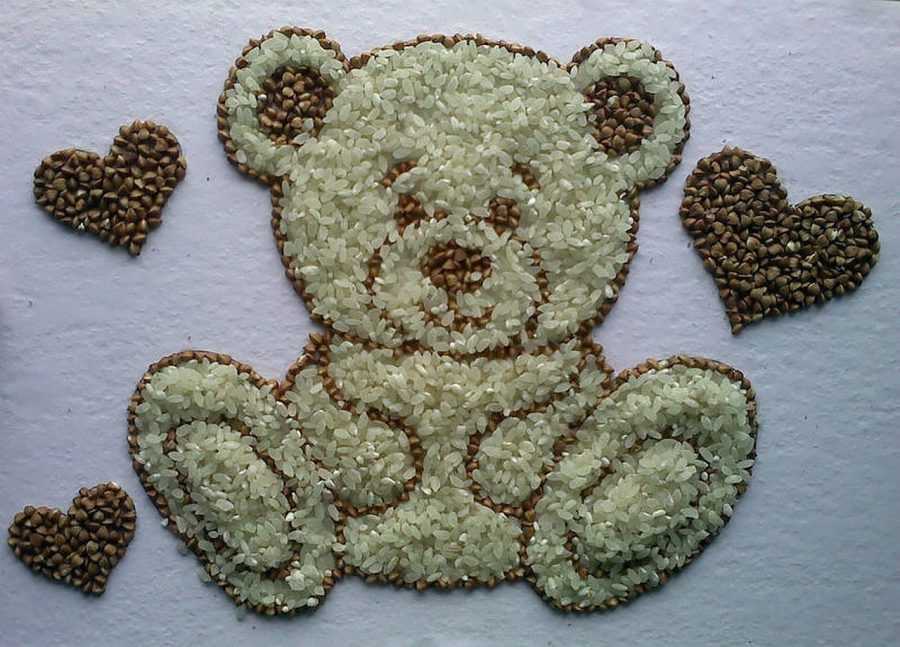
Depending on the age of the child, you can apply glue to the desired silhouette and simply let him pour small grains onto a sheet of paper and shake off the rest, or lay out interesting panels together, be it vases with flowers, still lifes or images of animals.
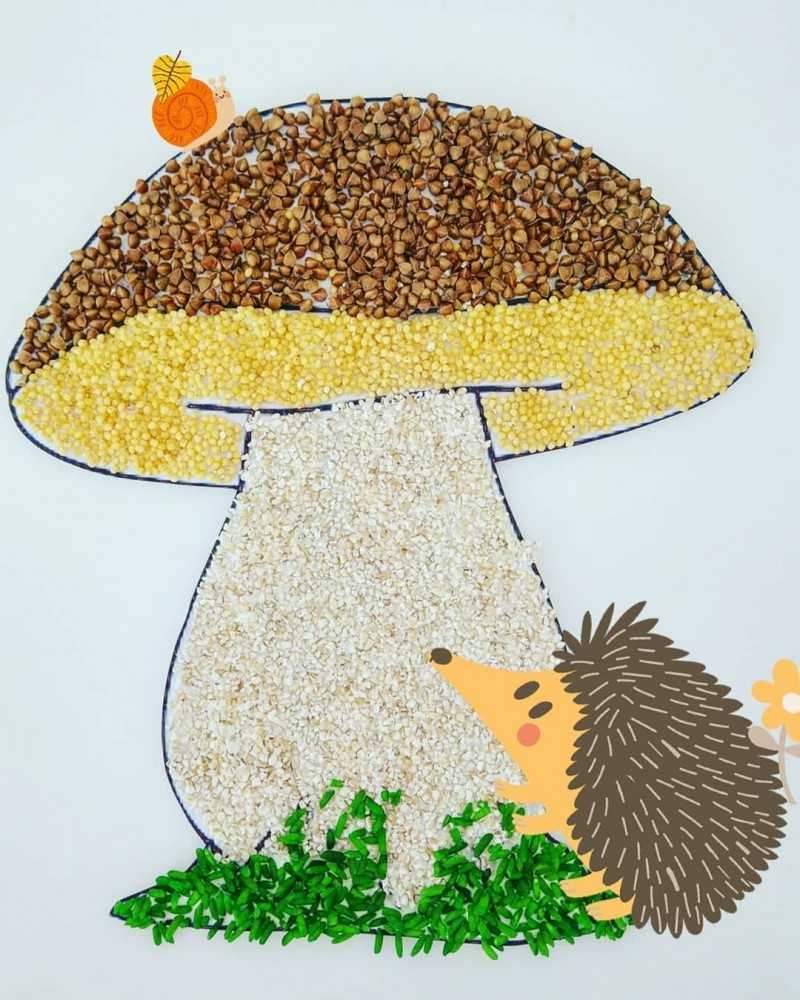
Pasta
Thanks to the variety of sizes, shapes and even colors, this food product has long established itself as a material for creativity. And not only for children! Not every traditional material can boast such a variety of forms of use - from simple and complex paintings to decorative dishes.
It is better for younger children to master the technology of flat paintings, where pasta can act as sun rays, flowers or flower petals, elements of folk ornament. Later, you can get acquainted with semi-volumetric panels, and then move on to making three-dimensional models.
A rustic house assembled from pasta tubes, flower bouquets from pasta shells or spirals, cups, teapots, candlesticks or boxes are excellent DIY craft options for children 9 years old and older.
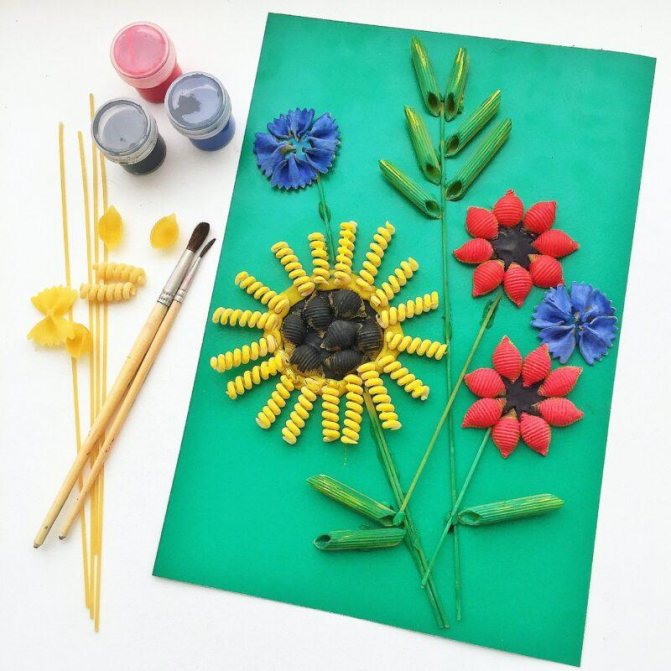
Multi-colored palms
Little children love to draw with their palms. But this task is quite labor-intensive for mom, in terms of subsequent washing and cleaning, because multi-colored prints can remain on both clothes and furniture. It is much safer to use paper palms for creativity.

To save time on cutting, fold several sheets of plain or multi-colored paper into a stack, trace your baby’s palms, or let him trace them himself. Cut out the whole pile of sheets at once - and you will get a large amount of material for creativity.

Your imagination will tell you what to do with these palms. A child can draw a sun and cover it in a circle with yellow palm rays. Green palms, pasted in layers from bottom to top in the form of a pyramid, will depict a Christmas tree.

Multi-colored palms glued into a circle will turn into a flower. A smooth line in gouache will depict the neck of a swan or peacock, and white or blue palms will form its tail. If you choose colored paper of a contrasting color for the background, the craft will look very elegant.
Crafts from disposable plates
You can make interesting crafts for kindergarten with your own hands from disposable plastic or paper plates. Cut out eyes and ears from paper, draw a funny face with a marker and give the child colored gouache.
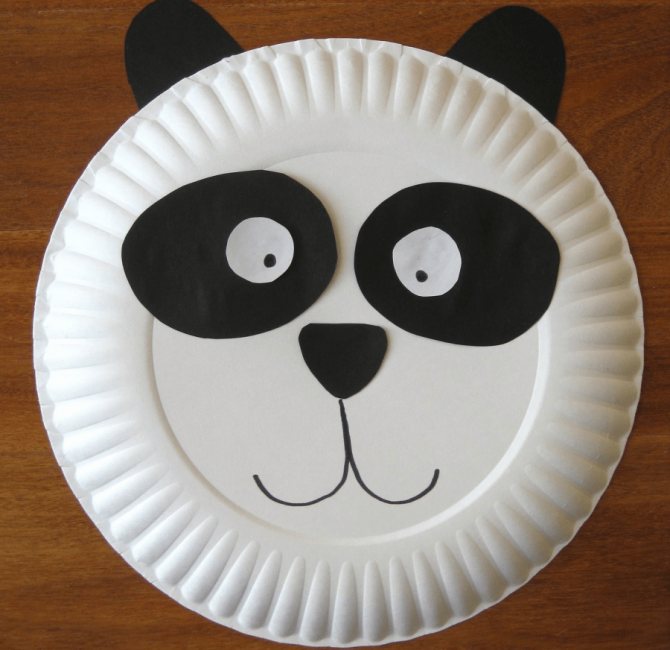
The white plate will turn into a yellow chicken or a green frog, a colorful cow or an orange lion. The same cotton pads will add volume to the cheeks, and you can draw a mustache with the same marker.

You can complicate the task a little and give the plate a certain shape - a semicircle with a long neck will turn into a swan or a goose. The folded edges of the plate look like folded penguin wings if you paint them black. Add a tail and fins and you get a huge variety of fish that your child can color to suit their taste.
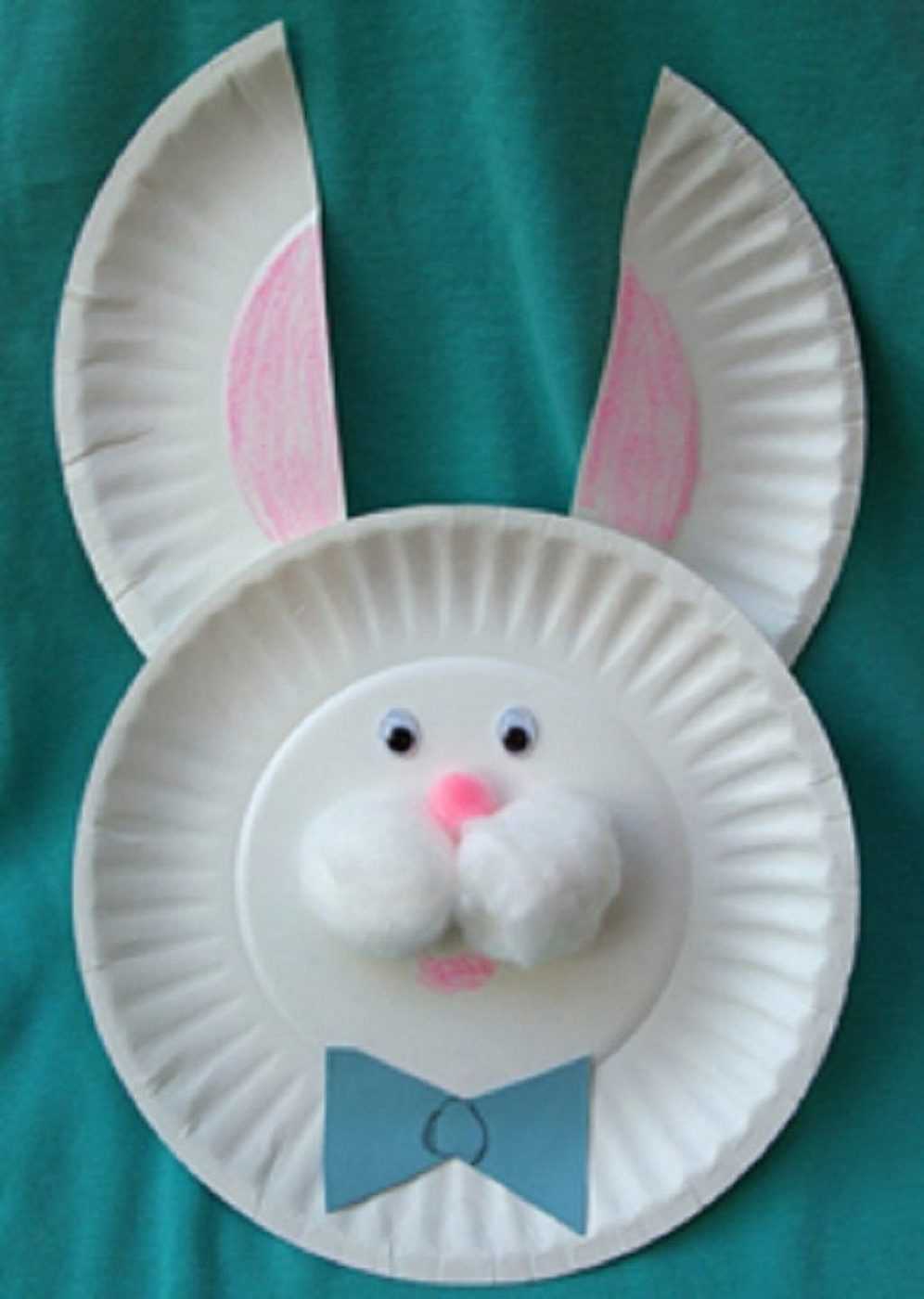
Plastic bottles
Once you are carried away by this type of creativity, you can not only surprise your friends with your wild imagination, but also, in the meantime, decorate a summer cottage for the delight of your beloved grandmother! So, a squad of cheerful gnomes can line up along the garden path, and one plastic bottle of any size is enough to make each of them.

It is enough to cut off the bottom and paint with paints, drawing a suit, hat, hair, beard, eyes, nose and mouth. Of course, creating complex models requires the participation of adults, since it involves the use of sharp knives, such as stationery knives.
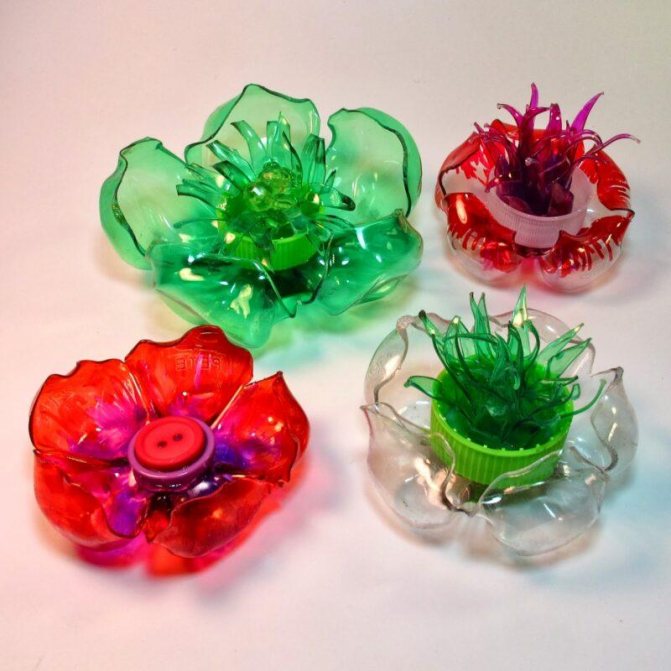
But most of the work - cutting, coloring, assembling - the child can do on his own.
Before you begin this work, you should carefully consider the procedure, prepare all the necessary materials and follow the step-by-step instructions for making crafts for children, invented independently or taken from other sources.
Plastic construction, in a sense, is akin to Lego: it combines three-dimensional parts made from source materials of suitable shape (bottles of different sizes and shapes).
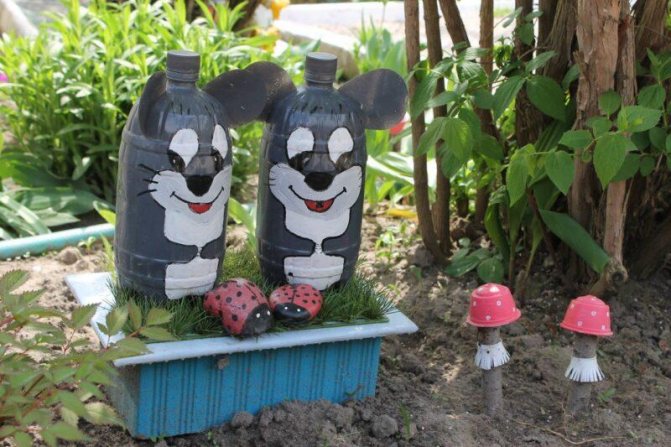
So you can make the heroes of your favorite cartoons - Winnie the Pooh, Minions, Stitch or Pony, characters from folk tales - the Old Man, the Old Woman, the Fox, the Wolf and the Hare, and make themed compositions. And during the summer holidays, the dacha will turn into a Magic Land!
Templates and stencils
Having learned to confidently arrange a sheet of paper, cut it and glue it on their own, the child can move on to the next stage of mastering applied techniques - working with templates and stencils. This, at first glance, is a simple task, but in fact it requires increased attention and good coordination of movements.
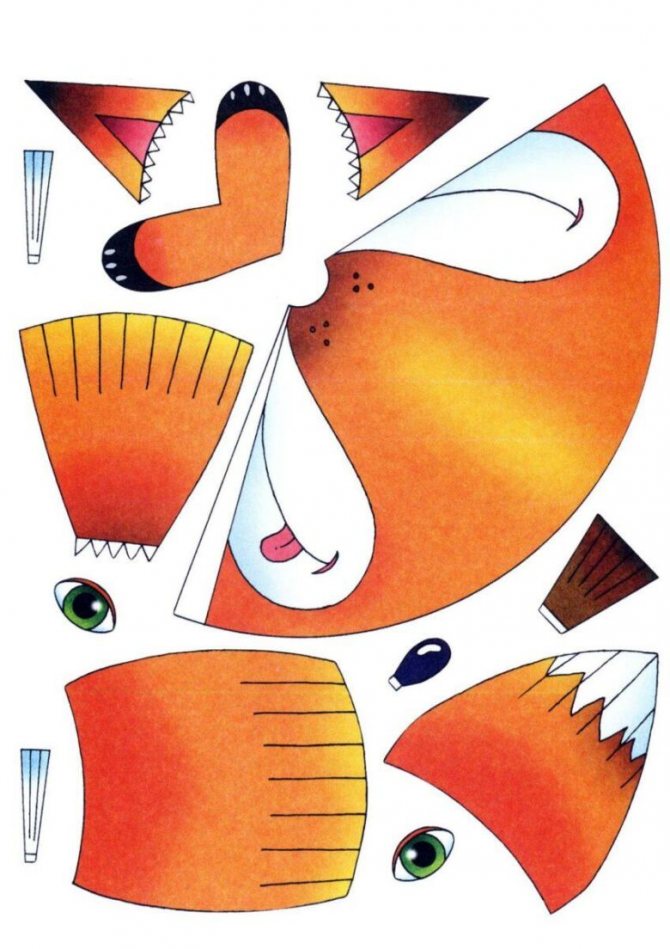
Working with stencils is easier than with templates, so it’s better to start with them. It is important to introduce children to the basic rules: how to economically and conveniently arrange a stencil or template, how to hold it, how to trace an outline with a pencil.
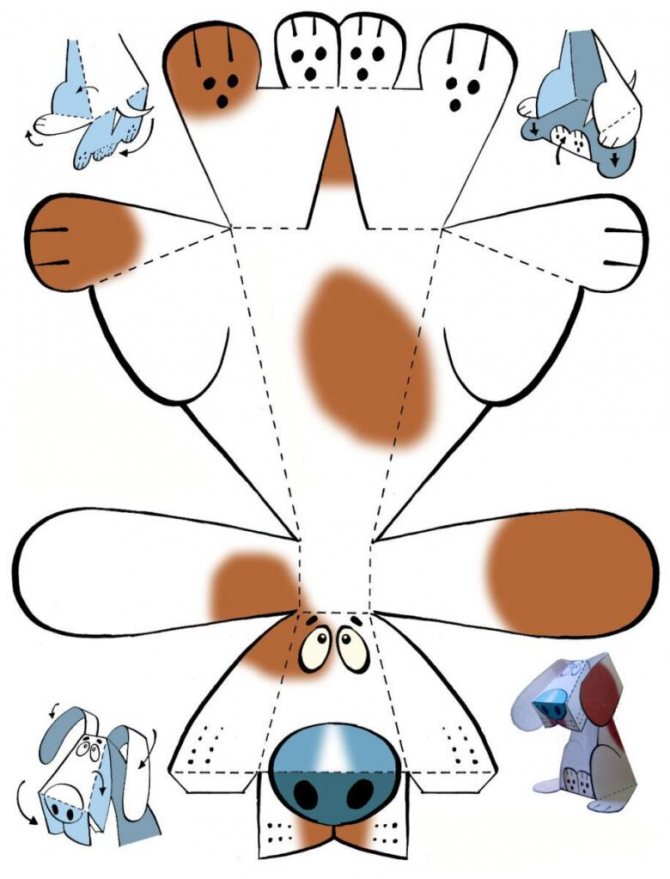
It is better not to rush into moving to this level of difficulty. Failure can lead to disappointment, which can seriously stunt creative growth. Let the first template be a child’s palm: children like to trace their hand, tickling their fingers with a pencil, and there are a great many options for crafts consisting of such details.
Does your palm look like a maple leaf? Let's make a picture with an autumn bouquet! Does it resemble a peacock's tail? Let's glue together a proud, handsome man walking through a blooming garden! Or maybe these are hedgehog thorns?
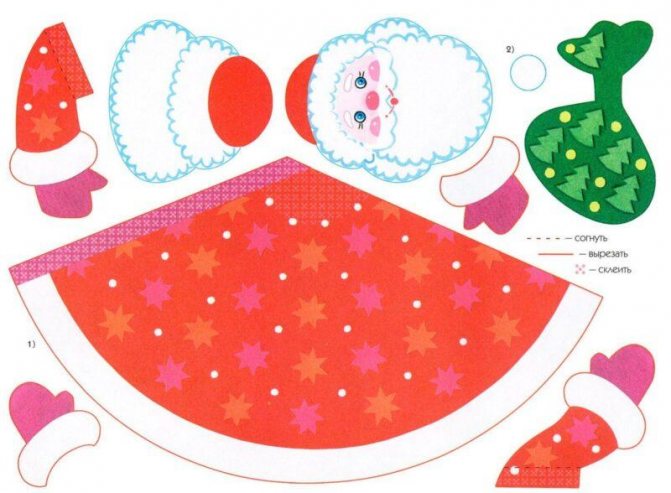
Let's make an applique with a hedgehog bringing home a fragrant apple! Adults can suggest a direction and, together with young artists, formulate an idea for a paper craft for children, which they will be happy to implement.
